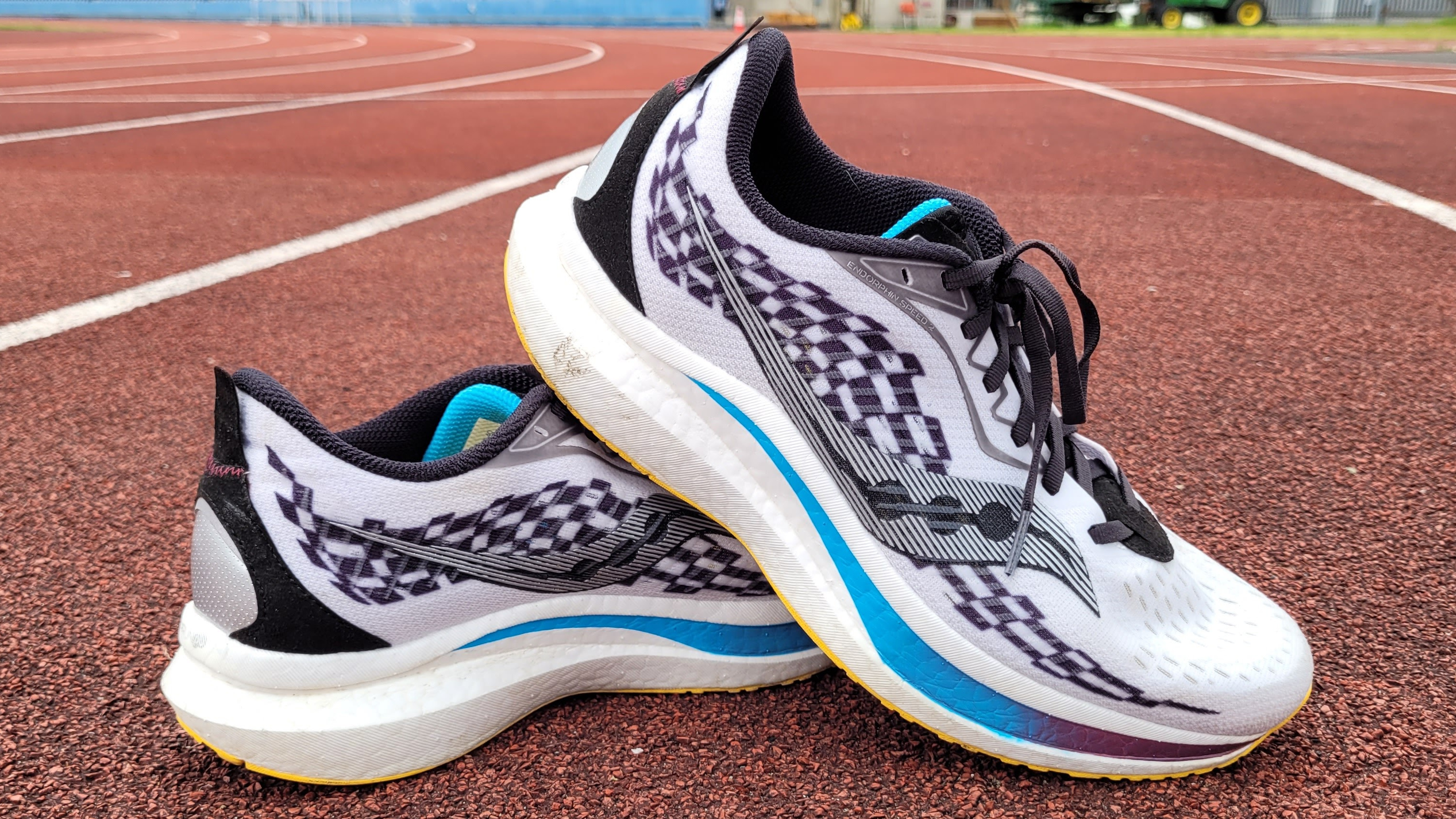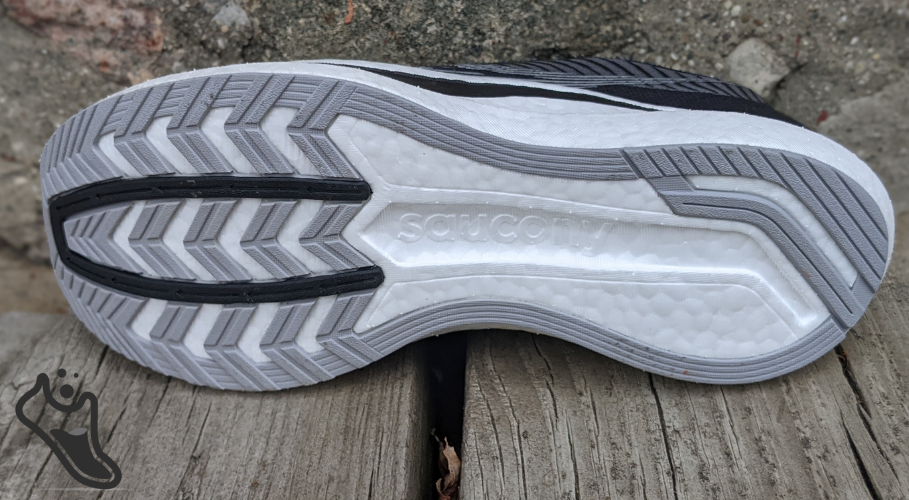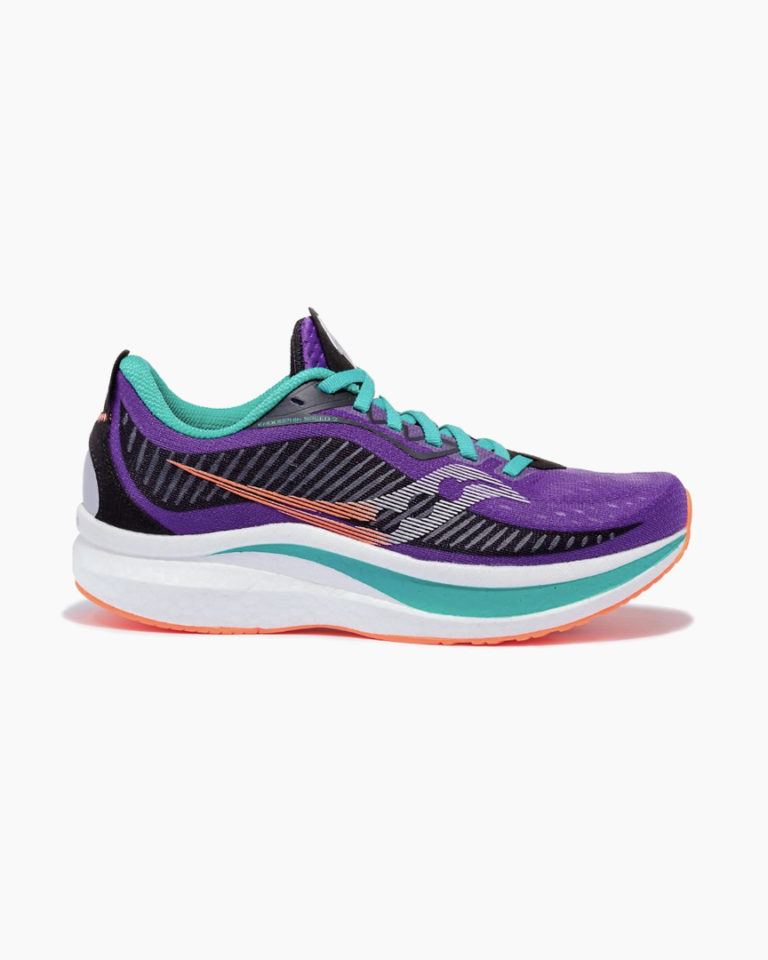

That’s where nylon plate shoes come in.Ī few companies, Nike included, offer a “beginner” version of their carbon plate shoes that are made with nylon. They wear out quickly! They’re the type of shoes you want to break in with a few runs then save for race day, not lace up once a week for speed workouts. The thing about carbon plate shoes is that they have the unique combination of being expensive and fragile. Many have followed Nike’s lead with carbon-plated running shoes, including Hoka One One’s Carbon X and Saucony’s Endorphin Pro, the aforementioned shoe worn by Molly Seidel at the 2020 Olympic Marathon Trials. So many elite runners crossed the finish lines of major races wearing the shoes in 2017 that any amateur runner looking for an edge put down $250 for a pair of Vaporflys for their fall marathons. The Nike Vaporfly 4% was revolutionary, and controversial, because it combined an ultralight foam midsole with a full-length carbon plate, which according to the shoe’s first press release, was “intended to minimize energy loss during toe bend without increasing demand for the calf.” Basically, the carbon fiber plate is supposed to propel you forward, making you a more efficient (and faster) runner. Hobby joggers like me didn’t bother ourselves too much with running shoe technology until 2017, when Nike released the Zoom Vaporfly 4%, a version of which was famously worn by Eliud Kipchoge in his first attempt at breaking the two-hour marathon. The difference between carbon and nylon platesīefore we get to the raving part of this review, we need to quickly cover the concept of plates in running shoes.
#Endorphin speed 2 upgrade
After wearing them one to two times per week for almost a year, I recently made the upgrade to the newer version of the shoe, the Endorphin Speed 2, which came out at the beginning of July 2021. To date, the Endorphin Speed are the best sneakers I’ve worn for speed and tempo workouts. I kept them in the back of my mind as I eased into training over the summer, forgot about them, then saw a (very well-targeted) Instagram ad and bought them as I trained for some virtual races. I didn’t buy them at the time because I really didn’t need them-I was recovering from a tibia stress fracture and the onset of the pandemic had us all confined to our homes with racing plans canceled for the foreseeable future.

Colors aside, what made these even more appealing? The answer is the shoe’s unique value proposition: it is a training shoe with a nylon plate that makes you feel fast. Lots of shoes come in neon colorways, but these weren’t too loud. The first iteration of the Endorphin sneakers came in white with neon pink, teal, and yellow accents.

I’ll admit I was initially attracted to the shoe because I liked its color scheme.
#Endorphin speed 2 pro
I first saw them in a photo pro runner Molly Seidel had posted to Instagram back in early 2020 a few days later, she had a podium finish at the Olympic Marathon Trials wearing them, or what appeared to be them (I soon learned that she was wearing another sneaker from the Saucony Endorphin collection, the Pro). But the story of how I came to love them enough to make a repeat purchase is what this review is really about. The story of how I came to own a pair of Saucony’s Endorphin Speed running shoes is proof that marketing truly gets people to buy things.
#Endorphin speed 2 full
Keep reading for the Run the Shoes’ full review of the Saucony Endorphin Speed.


 0 kommentar(er)
0 kommentar(er)
